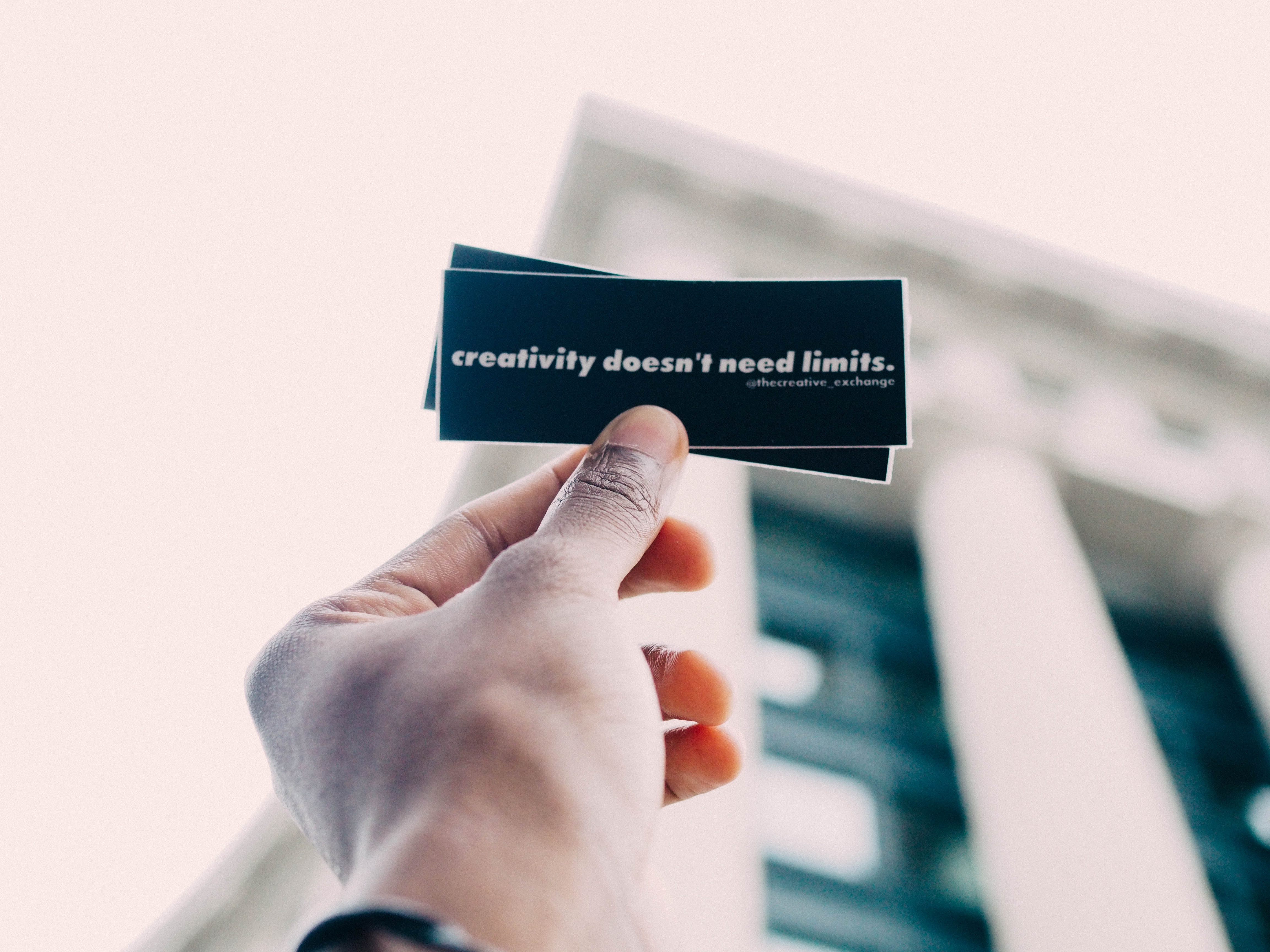
Is creativity a learned trait or an inherent one? How about the ability to innovate?
One of the longest standing questions in the field of innovation lies in the debate surrounding whether or not “creativity” is an innate trait or whether it’s something that can be learned. The answer has big implications.
If you think creativity can be learned, you can then train people to be move innovative. If you don’t then you can forget about helping people or working with people who aren’t predisposed to creative thoughts.
My view is that creativity and innovation can be learned. I’ve seen it in my own family.
My great grandfather was one of the first art deco designers in the world, and his works are still produced today by the luxury brand Hermes. My great grandmother was one of the world’s first female photographers, and her subjects included Pablo Picasso and Henri Matisse. My grandfather was a fashion designer. From a young age, I was exposed to the value and importance of thinking differently and experimenting with ideas.
Research published by the American Psychological Association found that people who have lived abroad and have been exposed to one or more cultures are better creative problem-solvers. When people have lived in another culture are typically forced to reconcile conflicting values, norms, and behaviors based on deep cultural differences. Their experience, in turn, leads them to be more flexible in their thinking, helps them make associations and connections between things that others don’t see, and gives them a natural aptitude for looking at the underlying reasons why things work the way they do. As a result, they build muscle memory to see more options and possibilities when faced with tough challenges – e.g., they become more creative.
This is why my wife and I decided to move our family to Paris for a year. My wife tells me that the experience living abroad, plus my own entrepreneurial spirit and behavior has impacted her over the years. Her latest venture called Force of Nurture demonstrates this with her unique positioning and approach to parent coaching as a new type of consulting business (and one that’s desperately needed into today’s world of teen anxiety).
My wife and I see creativity in our kids as well, like my oldest daughter who just released her first self-title album called Rae du Soleil. For artists like her, every song – even every lyric – is a vulnerable risk that’s demonstrates the core essence of innovation. My youngest daughter has found her passion in the outdoors, learning how to whittle spoons out of wood with a knife and make fire using sticks and a bow (definitely someone you want to have around for the next zombie apocalypse!).
I don’t always share my personal stories here, and one could argue that my own’s family history in innovation suggests that traits are inherited. But from my own experience, I can definitely attest that creativity and innovation can be learned, shared, and passed along to others through role modeling, training, and life experience. My immediate family is a testament to this – we encouraged critical thinking and creativity from a young age, and we saw more and more of it over time.
Now, what are you going to innovate?

Soren Kaplan is the bestselling and award-winning author of Leapfrogging and The Invisible Advantage, an affiliated professor at USC’s Center for Effective Organizations, a former corporate executive, and a co-founder of UpBOARD. He has been recognized by the Thinkers50 as one of the world’s top keynote speakers and thought leaders in business strategy and innovation.

